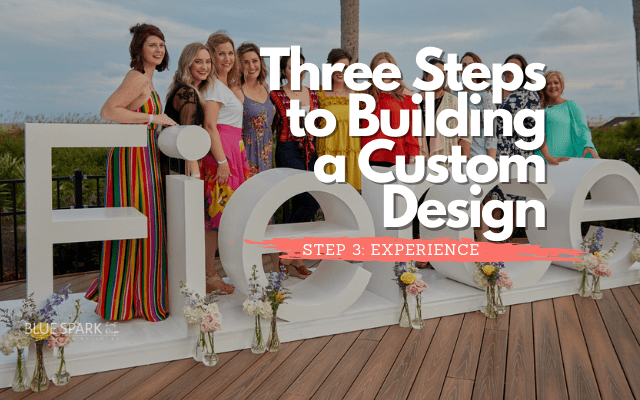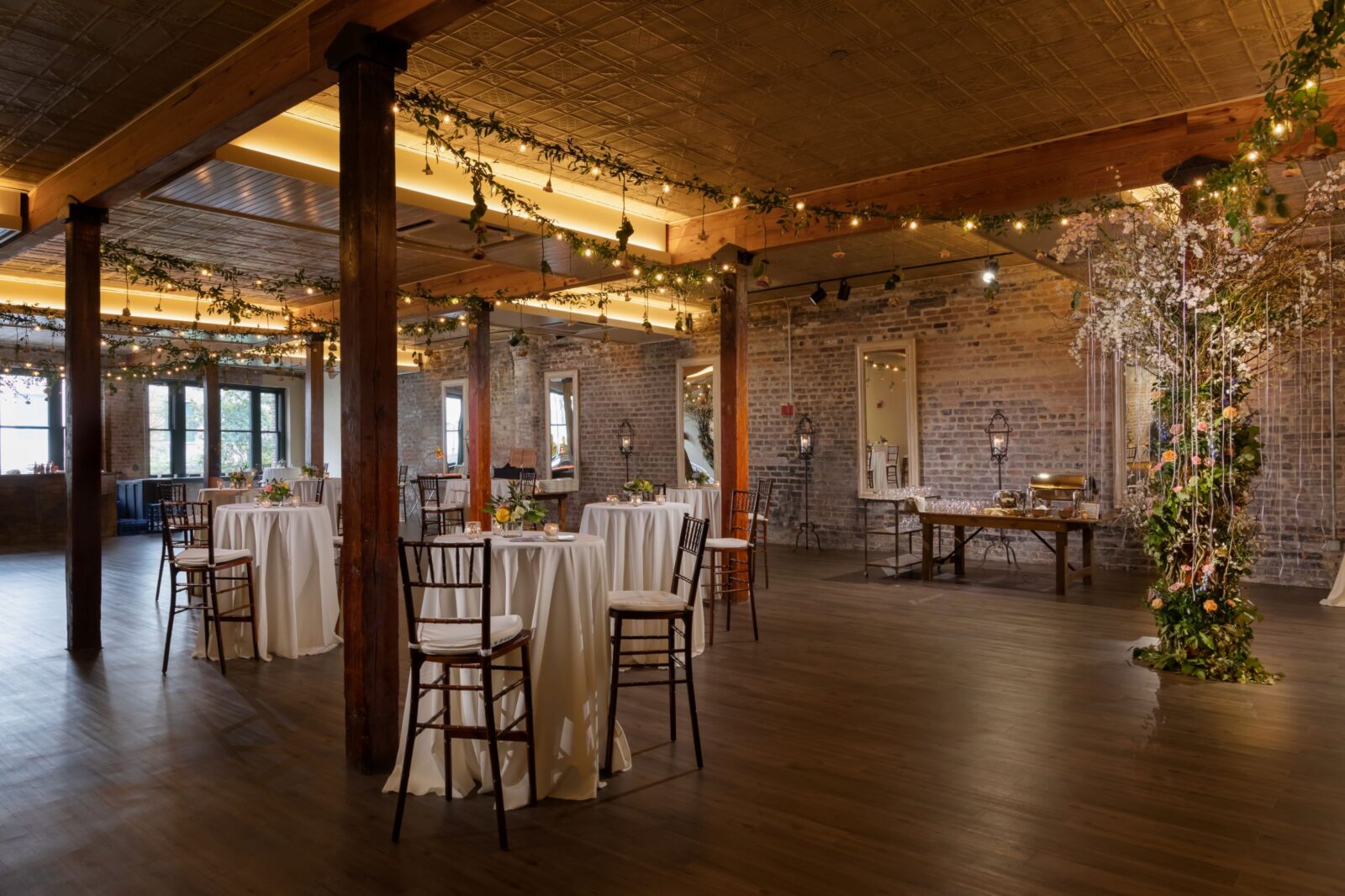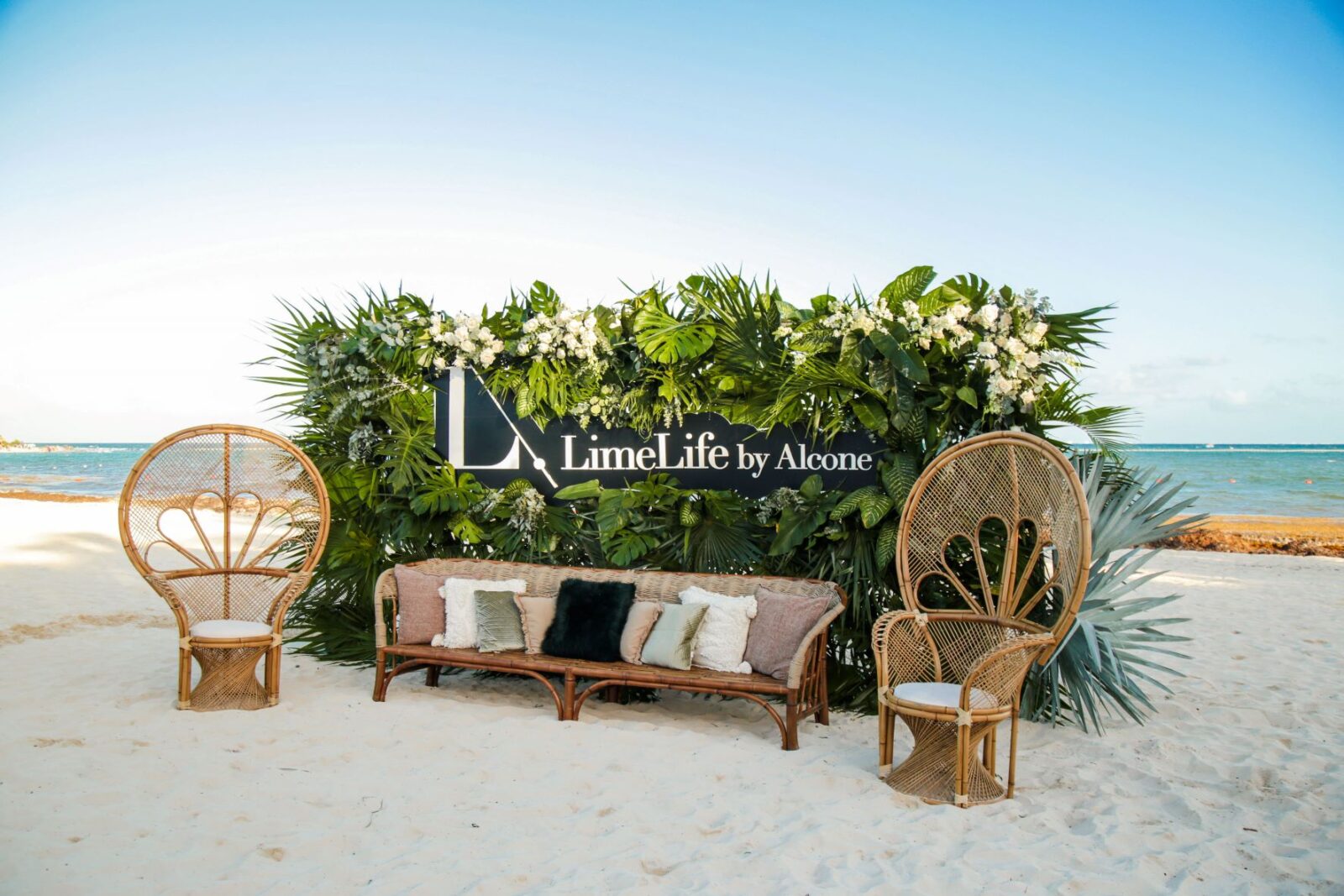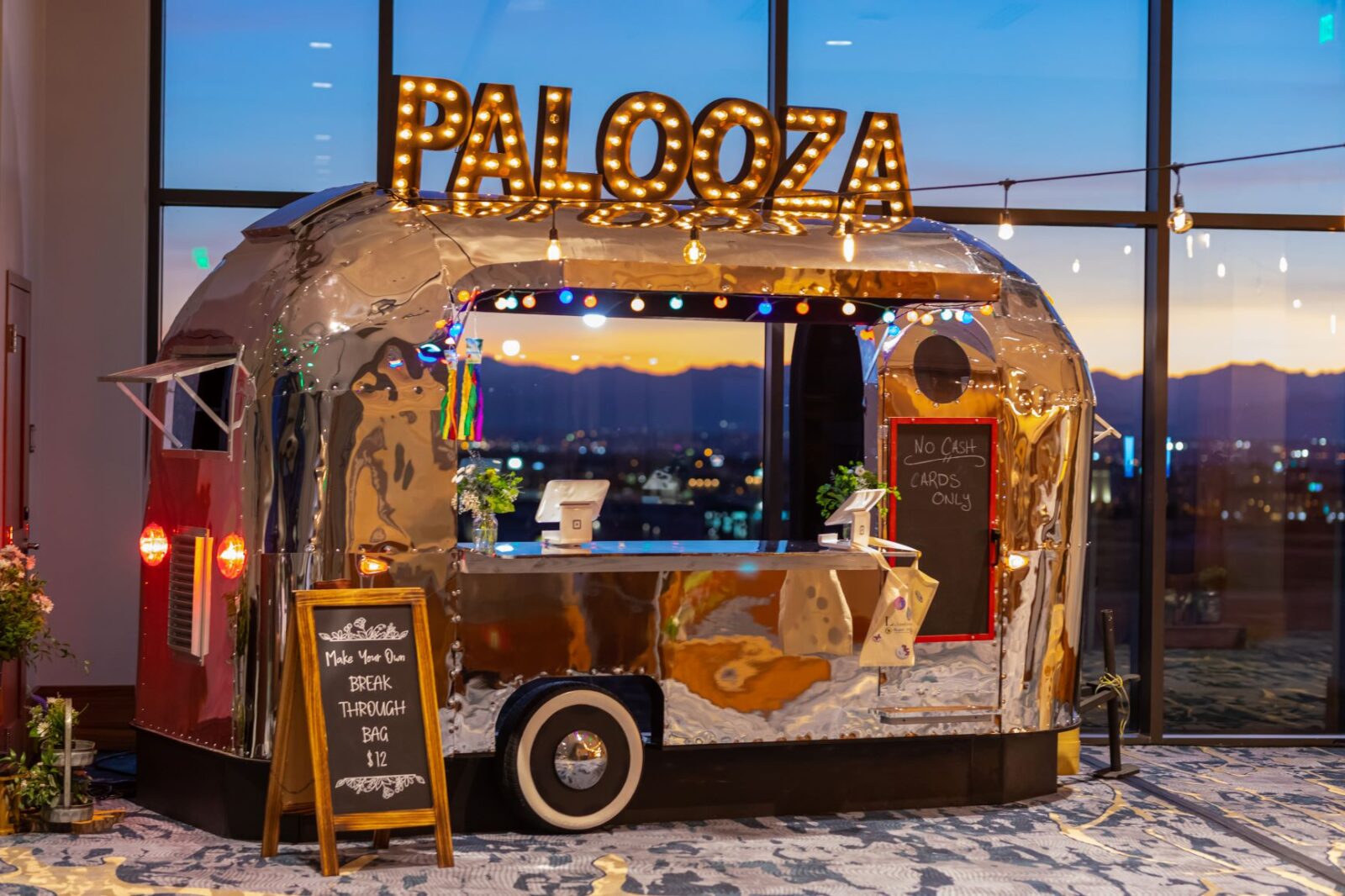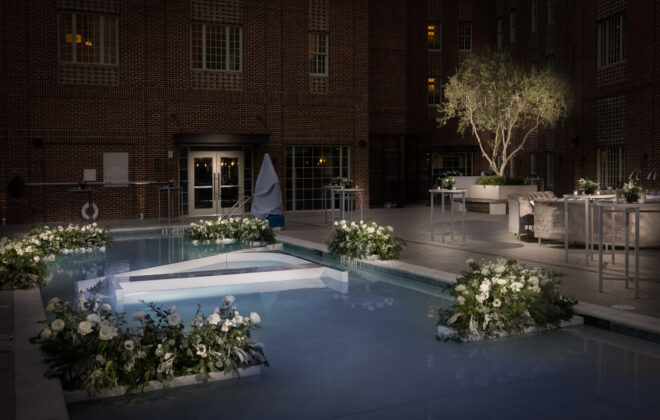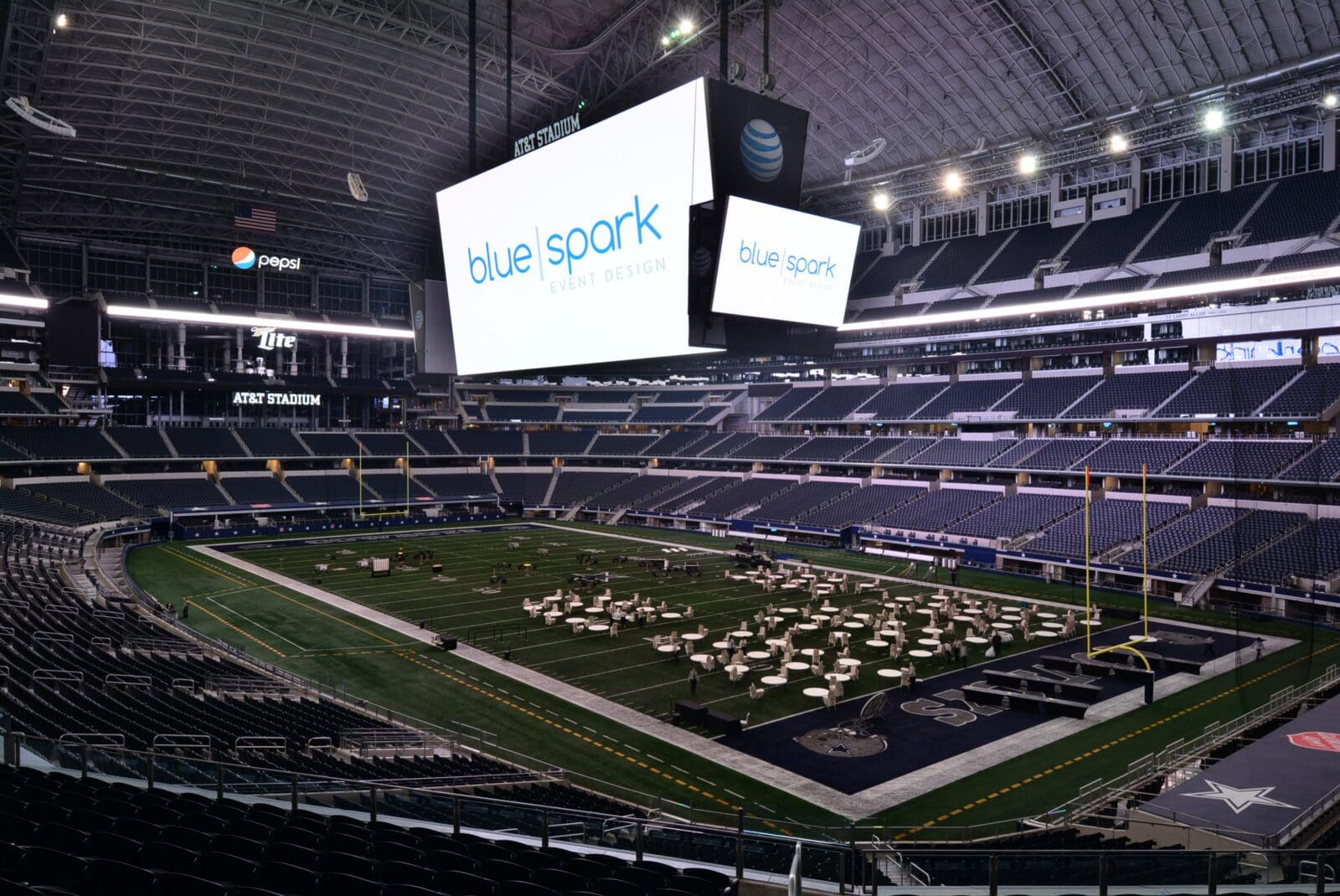Three Steps to Building a Custom Event Design: Step 3
Building a custom event design involves many steps in a long and detailed process, which is an overwhelming task for both novice and expert meeting planners. At Blue Spark, we break down this process into three main categories:
- Design & Build
- Installation
- Experience
We’ve already covered the first two in earlier blogs, so let’s delve into the final element: The Experience!
Part 1: Attendee Experience
Awareness
Creative décor elevates a brand and increase awareness by creating interesting event environments and unique branded elements.
The colors, phrasing, placement and interaction should all reflect the brand’s identity and the event’s core message.
Our goal is simple:
Envelope attendees with the event vibe.
This enables them to personally connect with the brand through a custom-designed environment.
Guest Engagement
Custom décor that guests can interact with solidifies their brand experience. We’ve designed and built branded tree structures, elegant photo-op walls with logos, custom-designed airstream trailers, authentic carnival booths and more.
All of these options provided opportunities for personal interaction or included a touch-and-feel element that invited guests to not just observe the décor, but to become part of it.
Create Impact
Maya Angelou said it best:
People will forget what you said, people will forget what you did, but people will never forget how you made them feel.
This directly translates to events, which are experiences after all. You can create an impactful guest experience that will be remembered by designing a custom environment that hones in on brand identity and conference messaging while also engaging the senses.
Do that and your event will be remembered and shared with others.
Watch this event come together from design through experience in 2 minutes.
Part 2: Client Experience
On-site Communication
There is a lot of talk about pre-event promotions & communication, but let’s not forget what guests hear/read/see when they are onsite during the event.
While a skilled event producer with a focus on logistics can alleviate mush of this from your plate, there are always things that come up where you’ll need to take a more active role.
For example:
If load in starts at 3:00pm, but another vendor is still in your space at 3:45pm, your planner should be clearly communicating that to you as soon as they know.
Regular check-ins with our clients throughout load-in ensures they are pleased with how the set-up looks and identifies anything that needs to be addressed before we get too far into the installation process.
Event Goals

At the center of an event’s design is the overall goal for WHY you want to have it. It’s important to discuss the purpose of the event itself, as well as how each décor piece works toward those goals and the core message.
For brand-forward events, the imagery of the brand should be at the forefront. Looking to increase social media posts? Try adding more hashtags to the décor signs. Prefer a more intricate and elegant setting to showcase the brand instead of traditional signage? Focus on the details. If you implicitly know the direction you’re headed, it’s easy to achieve it.
Load Out/Strike
At the end of the event, guests may be moving on or going home, but the job is still far from complete. Remaining on-site to manage load-out safely and efficiently is imperative to a successful event.
Monitoring vendors as they strike the event space, encouraging lingering guests to move along, and ensuring the venue is left cleaner than when you started items that should be checked off your list.
Event ROI
In addition to traditional ways of assessing the return on investment (ROI) for your event, such as attendance, revenue, and surveys, custom décor can be designed to help gauge if other event goals were met. (i.e. Did guests have a good time? Did they engage as expected?)
Some ways we accomplish this are:
- quantifying participation in interactive elements
- monitoring participation in hands-on elements
- capturing the activation of digital elements like photo mosaics
Additionally, conducting brief recap discussions soon after the event and sharing feedback on what went well, what could be added in the future, and comparing the event goals to the known results from the décor elements is a great way to assess an event’s success.
Now you've read it all, let's get to work on YOUR event's 3 Steps.
Related Posts
Search By Topic
- Event and Meeting Planning (85)
- Event Design (54)
- Incentive Travel (40)
- Speakers (3)
- Uncategorized (1)

